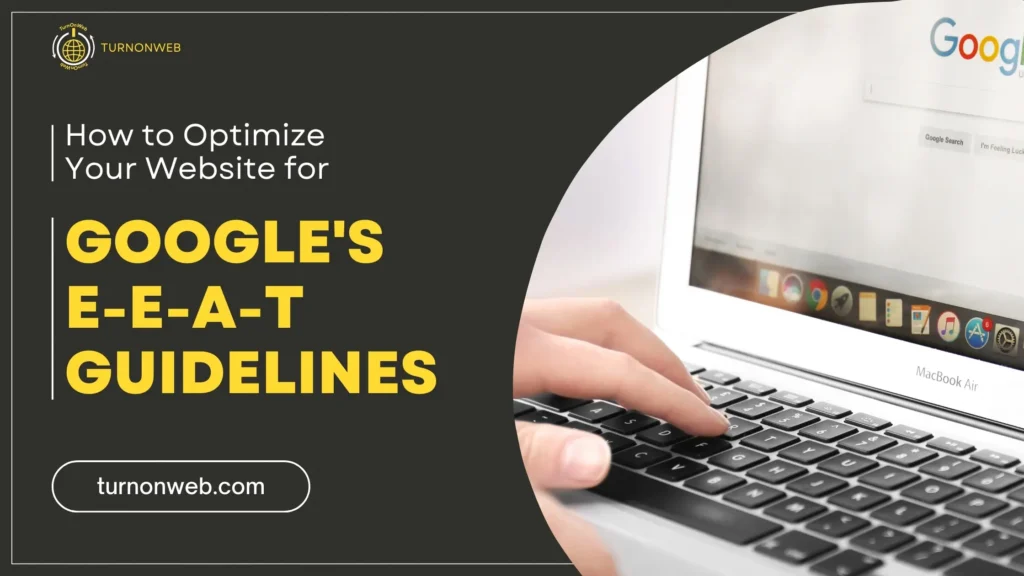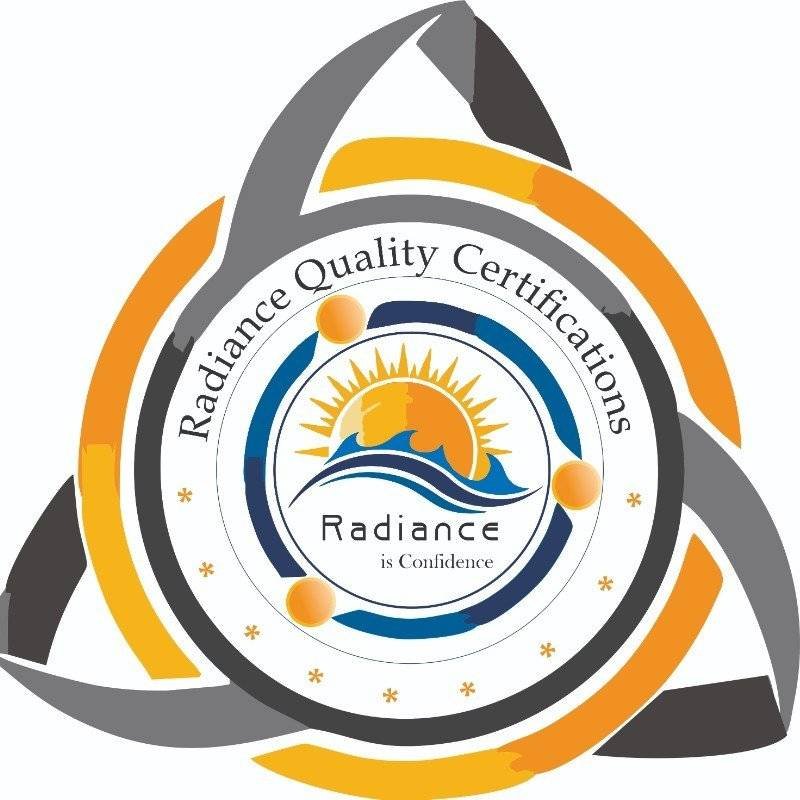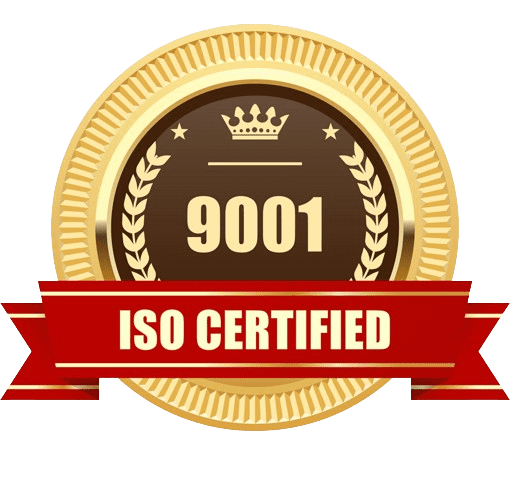Optimizing Your Website to Align with Google's EEAT Guidelines

Introduction to Google's EEAT Guidelines and Their Significance
In today’s digital landscape, the importance of gaining and maintaining a high search engine ranking cannot be overstated. Google’s continuously evolving algorithms aim to deliver the most reliable and relevant content to users. Among myriad factors, Google’s EEAT guidelines, which stand for Expertise, Authoritativeness, and Trustworthiness, have become crucial pillars for ranking high on search engine results pages (SERPs).
Google uses EEAT criteria to assess the quality of content and the credibility of websites. Webmasters, small businesses, and digital marketers must understand and adapt to these guidelines to stay competitive.
In this comprehensive blog post, we’ll explore strategies to optimize your website according to EEAT guidelines, ensuring you not only meet but exceed Google’s standards.
Understanding the Three Pillars: Expertise, Authoritativeness, Trustworthiness
Expertise
Expertise is all about showcasing the depth of knowledge and competency in your content area. Google assesses whether the content creator has the necessary qualifications or experience. To optimize for expertise:
- High-Quality Content: Create detailed, well-researched, and accurate content tailored to your audience’s needs.
- Author Bios: Include author bios that highlight their credentials, experience, and achievements related to the topic.
Authoritativeness
Authoritativeness refers to the reputation of the website or content creator in their field. Here’s how to build and showcase authority:
- Backlinks: Obtain backlinks from reputable and high-authority websites.
- Citations: Reference reputable sources and studies to back up claims.
- Guest Posts: Contribute articles to authoritative sites within your niche.
Related: Google March 2024 Update: 5 SEO Hacks to Outsmart Google
Trustworthiness
Trustworthiness measures the reliability and integrity of your website. It includes aspects like site security and the accuracy of the information. Enhance trustworthiness by:
- HTTPS: Ensure your website uses HTTPS to secure user data.
- Verifiable Information: Provide contact information, customer reviews, and testimonials.
- Transparency: Be transparent about your business practices, privacy policies, and terms of service.
Practical Tips for Optimizing Content and Pages
Showcasing Expertise Through High-Quality, Relevant Content
- Detailed Guides and Tutorials: Write comprehensive guides and tutorials that address common pain points.
- Regular Updates: Regularly update your content to ensure it remains current and relevant.
- Multimedia: Use images, videos, infographics, and diagrams to enrich content and provide better clarity.
Building Trust with Verifiable Information and Security Measures
- Customer Reviews and Testimonials: Display user-generated content like reviews and testimonials prominently.
- Contact Information: Make it easy for users to contact you by providing multiple channels of communication.
- Security Badges: Showcase any security certifications or badges to reassure visitors of their safety.
Establishing Authoritativeness Through Backlinks and Industry Recognition
- Link Building: Engage in strategic link-building campaigns to acquire high-quality backlinks.
- Industry Certifications: Highlight any industry awards, certifications, or recognitions received.
- Thought Leadership: Publish thought leadership articles and whitepapers to establish authority in your industry.
The Role of User Experience in Meeting EEAT Guidelines
Assessing Site Speed and Mobile-Friendliness
- Page Speed Insights: Use tools like Google’s PageSpeed Insights to identify and fix issues slowing down your site.
- Mobile Optimization: Ensure your website is fully optimized for mobile devices. Google’s Mobile-Friendly Test can be a useful tool.
Navigational and Visual Appeal for User Engagement
-
- Intuitive Navigation: Design an intuitive navigation structure that makes it easy for users to find the information they need.
- Visual Design: Invest in a visually appealing design that’s consistent with your brand.
- Interactive Elements: Incorporate interactive elements like quizzes, polls, and calculators to keep users engaged.
Tools and Resources for EEAT Optimization
SEO Plugins for Content and Technical SEO
- Yoast SEO: An excellent WordPress plugin for optimizing content for SEO.
- All-in-One SEO Pack: Another robust plugin that helps with on-page SEO and technical optimizations.
- Rank Math: A comprehensive SEO plugin that offers advanced features for optimizing your content.
Tools for Backlink Analysis and Trustworthiness Assessment
- Ahrefs: Use Ahrefs to analyze backlink profiles and identify opportunities for building authoritative links.
- Moz: Moz’s suite of tools offers insights into domain authority and backlink quality.
- SEMrush: SEMrush provides detailed reports on backlinks and domain trustworthiness.
Related: Avoid These 7 Mistakes to Maximize Your Website Conversion
Case Studies and Examples of EEAT Success Stories
Example 1: Healthline
Healthline, a leading health information website, excels in EEAT by employing medical experts to review content, obtaining backlinks from reputable health organizations, and maintaining transparency about their editorial process. This strategy has helped them build a trustworthy reputation and achieve high rankings on Google.
Example 2: Investopedia
Investopedia, a financial education platform, highlights its experts’ credentials, references authoritative sources, and secures backlinks from reputable financial institutions. Their commitment to providing accurate, reliable information has solidified their position as an authoritative source in the finance niche.
Future-proofing Strategies for Google Algorithm Updates
Continuous Learning and Adaptation
- Stay Updated: Regularly follow industry news and Google’s Webmaster Guidelines to stay informed about algorithm changes.
- Experiment and Analyze: Continuously test new strategies and analyze their impact on your rankings.
- Engage with the Community: Participate in SEO forums and communities to share knowledge and gain insights.
Fostering a Culture of Quality and Integrity
- Quality Over Quantity: Focus on producing high-quality content rather than churning out a high volume of low-quality posts.
- Ethical Practices: Adhere to ethical SEO practices and avoid “black hat” techniques that could result in penalties.
- User-Centric Approach: Always prioritize the user’s needs and experiences over search engine optimization
Leveraging Turnonweb for Achieving Google EEAT
Custom Website Development Aligned with EEAT Principles
Turnonweb, a leading website development company in Pune, specializes in creating custom websites that adhere to Google’s EEAT guidelines. Our development team ensures that each site is optimized for speed, mobile-friendliness, and security, which are crucial for maintaining the trust and engagement of your audience. Our team will be providing:
- Expert Content Creation and Management
- Robust SEO and Link-Building Services
- Continuous Monitoring and Updates
In conclusion, Turnonweb provides a comprehensive suite of services designed to help your website excel in the critical areas of expertise, authoritativeness, and trustworthiness. By choosing Turnonweb, you’re investing in a long-term partnership aimed at achieving and maintaining high standards of quality and SEO performance for enduring digital success. Contact TurnOnWeb
Conclusion and Key Takeaways
Recap of EEAT Importance and Guidelines
Google’s EEAT guidelines are essential for ensuring the quality, credibility, and trustworthiness of your website. By prioritizing expertise, authoritativeness, and trustworthiness in your content and business practices, you can significantly improve your search engine rankings and build a loyal audience.
Actionable Steps for Immediate Implementation
- Conduct a thorough audit of your existing content and identify areas for improvement.
- Optimize your site’s technical aspects, including speed, mobile-friendliness, and security.
- Build and nurture relationships with authoritative sites for valuable backlinks.
- Regularly update your content to maintain its relevance and accuracy.
Long-term Strategies
- Invest in continuous learning and stay informed about SEO best practices and algorithm updates.
- Foster a culture of quality and integrity within your organization.
- Engage with your audience and build a loyal community around your brand.
By following these strategies and continuously optimizing your website, you can effectively align with Google’s EEAT guidelines and achieve long-term success in the ever-evolving digital landscape.
For more information on Google’s EEAT guidelines, you can visit Google’s Search Quality Evaluator Guidelines. For additional SEO tips and resources, check out Moz’s Beginner’s Guide to SEO.
People Also Ask
1. What is EEAT and why is it important for SEO?
EEAT stands for Expertise, Authoritativeness, and Trustworthiness. It is a set of guidelines used by Google to evaluate the quality of web content. Websites that demonstrate high levels of EEAT are more likely to rank well in search engine results, as they provide valuable, reliable, and trustworthy information to users.
2. How can I optimize my website’s user experience to meet EEAT guidelines?
You can optimize user experience by improving site speed and ensuring mobile-friendliness, as well as designing an intuitive navigation structure. Investing in a visually appealing design and incorporating interactive elements can also enhance user engagement. Tools like Google’s PageSpeed Insights and Mobile-Friendly Test can help identify areas for improvement.
3. What are some effective tools for backlink analysis and trustworthiness assessment?
Several tools can help with backlink analysis and trustworthiness assessment, including Ahrefs, Moz, and SEMrush. These tools provide insights into domain authority, backlink profiles, and domain trustworthiness, helping you identify opportunities for building authoritative links.
4. Can you provide examples of websites that excel in EEAT?
Yes, Healthline and Investopedia are prime examples of websites that excel in EEAT. Healthline employs medical experts to review content and obtain backlinks from reputable health organizations, while Investopedia highlights its experts’ credentials, references authoritative sources, and secures backlinks from reputable financial institutions.
5. What are some long-term strategies for aligning with Google’s EEAT guidelines?
Long-term strategies include investing in continuous learning to stay updated on SEO best practices and algorithm updates, fostering a culture of quality and integrity within your organization, and engaging with your audience to build a loyal community. Regularly updating content to maintain its relevance and accuracy is also essential for long-term success.
- QUICK LINKS
TurnOnWeb Solutions - Zoho's Partner
- QUICK LINKES
- SERVICES




